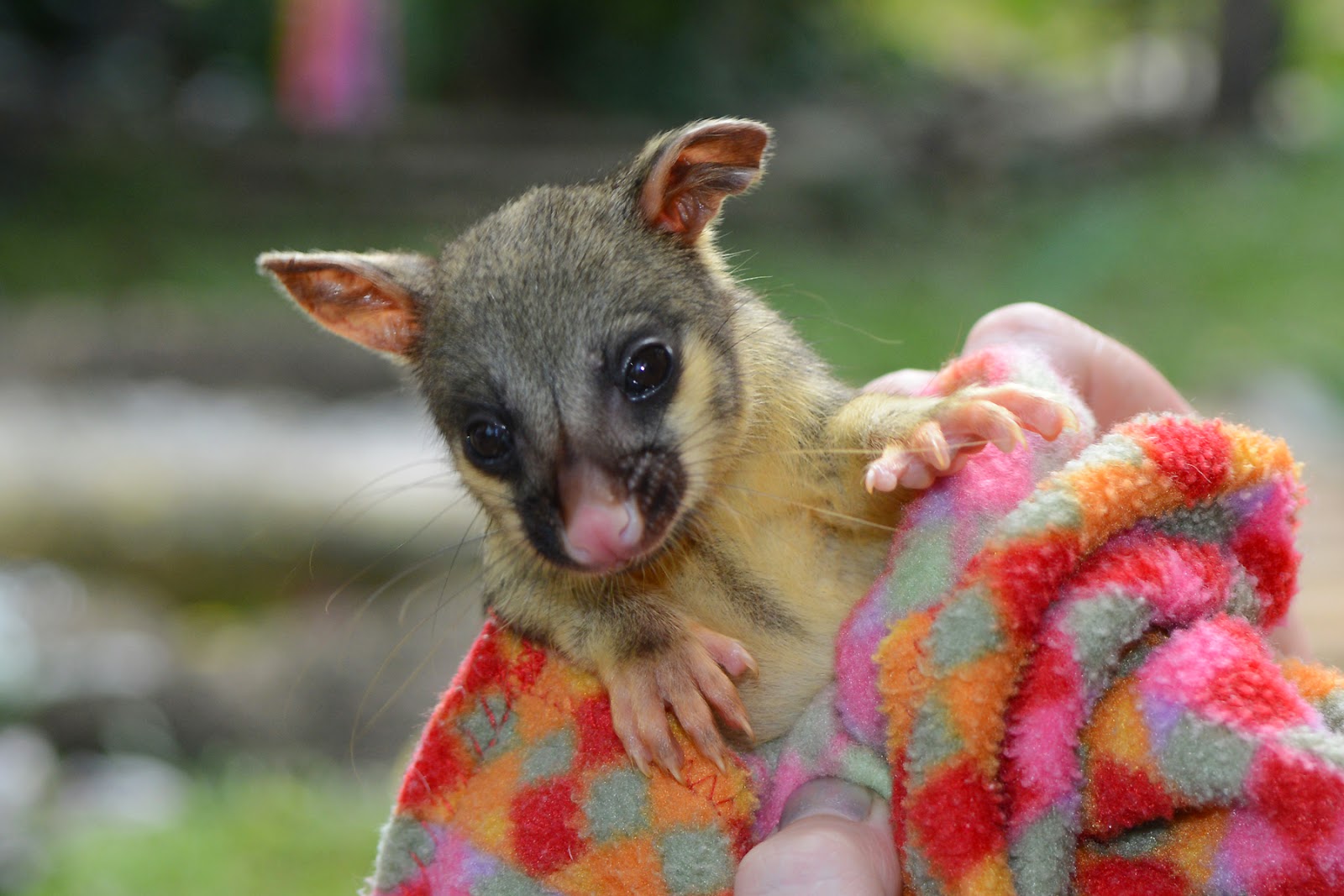 |
| The papers on Wednesday morning. |
"The only thing necessary for the triumph of evil is for good men to do nothing" - Edmund Burke.
The day after the Four Corners report showing that the practice
of live-baiting of dogs is widespread and occurs in at least three Australian
states in the hands of top trainers, the story was front-page news.
Yesterday the Government
announced that the board of Greyhound Racing New South Wales – a regulator thatfailed in its duty to assure the integrity of the industry – had been stooddown.
Predictably, the papers are
moving on.
A straw poll of colleagues
found that most people didn’t, couldn’t, watch the report but have seen
snippets and are appalled.
But action needs to be taken
to ensure that, once the dust settles and a few trainers and stewards are penalised
and/or scapegoated, and the industry claims it has gotten rid of the “bad
apples”, the system doesn’t return to the current status quo.
According to the Sydney Morning Herald editorial, “the states cannot allow greyhound racing to continue as it is” (“Ban greyhound racing: the reasons are compelling”, SMH, 18/2/15 p16).
“Keep the dogs in the kennel until the industries’ scandalously short-sighted authorities clean up a mess that had to be exposed for them” (Richard Hinds, Daily Telegraph, 18/2/15 p75).
But this is not new
information. As written in the Sydney Morning Herald,
“Evidence about the barbaric practice of live animals including guinea pigs, rabbits, chickens, kittens and possums being mauled to death in greyhound training sessions was given to a parliamentary inquiry into the industry in 2013. But Fairfax media has been told those submissions were never followed up by the state’s industry regulator, Greyhound Racing NSW” (Natalie O’Brien, Lisa Cox, Sydney Morning Herald, 18/2/2015 p2).
Is the regulator entirely to
blame? The problem is, when animals are exploited for profit, profit (which
earns many, including the Government, revenue) tends to feature higher on the
list of priorities than animal welfare. In fact in the last inquiry terms of
reference listed animal welfare as item “j” in an alphabetical list. Not a. Not
b. Not even c.
 |
| Possums, piglets, rabbits and other species have been reportedly used for live-baiting of greyhounds. |
The real victims here – the
animals used for live-baiting but also the greyhounds – can’t speak for
themselves. That is up to us. The welfare of the dogs is not an insignificant issue, but one problem that came to mind immediately is how are dogs trained using live-baiting meant to be rehomed when they retire from racing? I spoke to a member of the industry off the record who stated simply "they can't be." The combination of live-baiting, poor husbandry and social deprivation is dangerous.
In response to the report aired on Four Corners, the NSW Office of Liquor, Gaming and Racing is
extending the deadline for submissions into its five-yearly review of the
Greyhound Racing Act 2009 until March 2.
In particular, the Act provides for
the constitution of Greyhound Racing NSW as the industry's controlling body, as
well as the functions and powers of Greyhound Racing NSW, the constitution of
the industry consultation group and appointment of a Greyhound RacingIntegrity Auditor.
A big concern raised in the Four Corners report is failure of the
regulatory body to understand what was happening in broad daylight. The current
review seeks to assess whether the existing regulatory system is working and if
not, how it may be changed. Members of the public can make a submission. To do
so, download and read the discussion paper (20 pages including contents). The paper suggests a number of questions that one might respond to, but also states that the scope of the review is not limited to those questions.
Submissions should be sent to:
The Coordinating Officer
Greyhound Racing Act Review
Office of Liquor, Gaming and Racing
GPO Box 7060
SYDNEY NSW 2001
Greyhound Racing Act Review
Office of Liquor, Gaming and Racing
GPO Box 7060
SYDNEY NSW 2001
Another way of helping is getting
involved with or financially supporting the agencies charged with investigating
animal cruelty complaints. They are hugely under-resourced and need help. The
better supported they are, the more effectively they can do their job.
In New South Wales, those agencies are
the RSPCA and the Animal Welfare League.
A secondary and very
important question raised by "Making a Killing", the Four Corners report, is the nature of evidence and the ethics of evidence gathering. The evidence
was only obtained when organisations placed hidden cameras on the track and then provided the RSPCA with this information which prompted synchronised raids on properties.
As social policy scholar
Siobhan O’Sullivan explained, the expose would not have been possible had
ag-gag laws – recently introduced by West Australian Liberal Senator Chris Back
– been in place (you can read her opinion piece here).
“Ag-gag laws are
intentionally designed to ensure animal activists are unable to let the
community know about socially invisible animal suffering,” she said.
We’re not talking about
radical animal activism here. In the case of Four Corners, the activist groups did not terrorise nor act as
vigilantes nor damage property. They gathered evidence and turned it over to
the authorities. It’s the only way most of us would have found out that the
practice of live-baiting, thought to be a thing of the “old days”, occurs.
The Australian Veterinary Association will provide a submission on behalf of its members.
If you are an AVA member and
wish to make your views about this proposed legislation count, contribute to
the member’s forum here
(you will need to login to do so).
This week at least, politicians, veterinarians and even some elements of the greyhound industry agree - once seen, that footage cannot be unseen, and it obliges us to act to put a stop to unspeakable animal cruelty.
